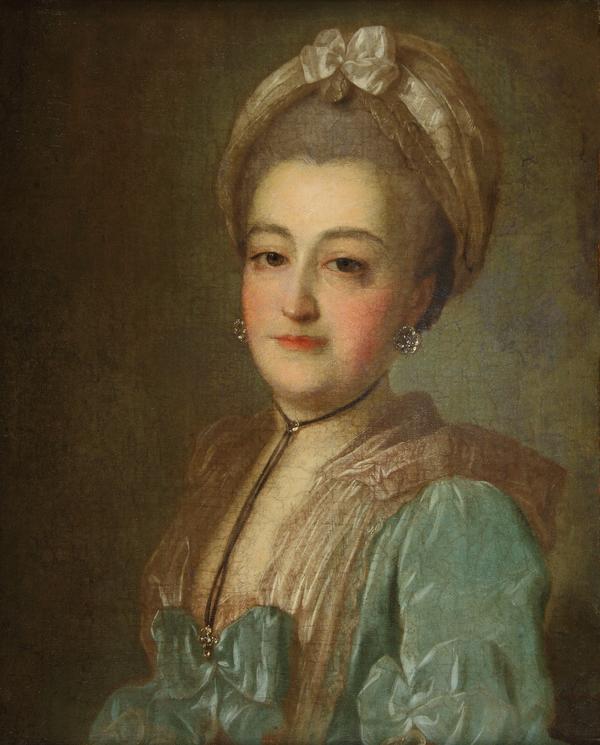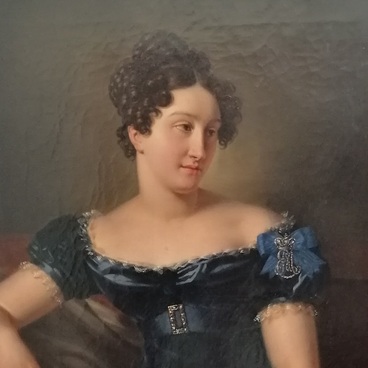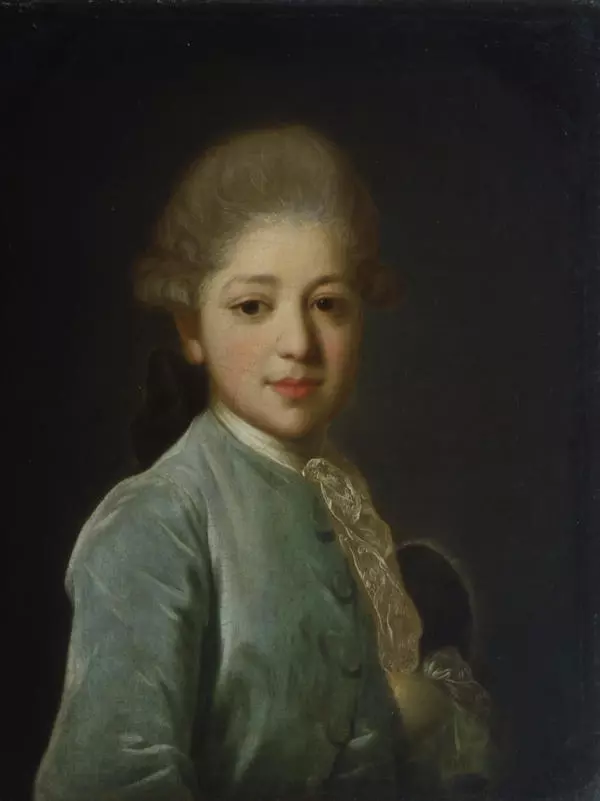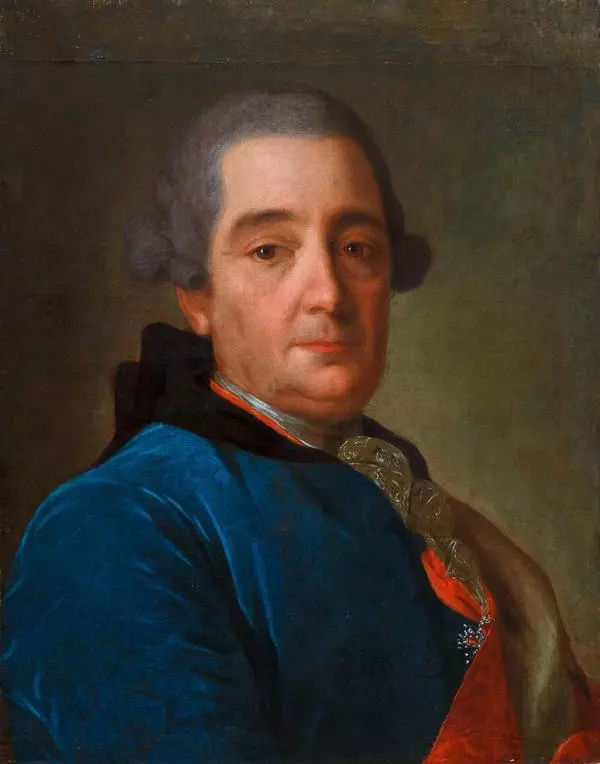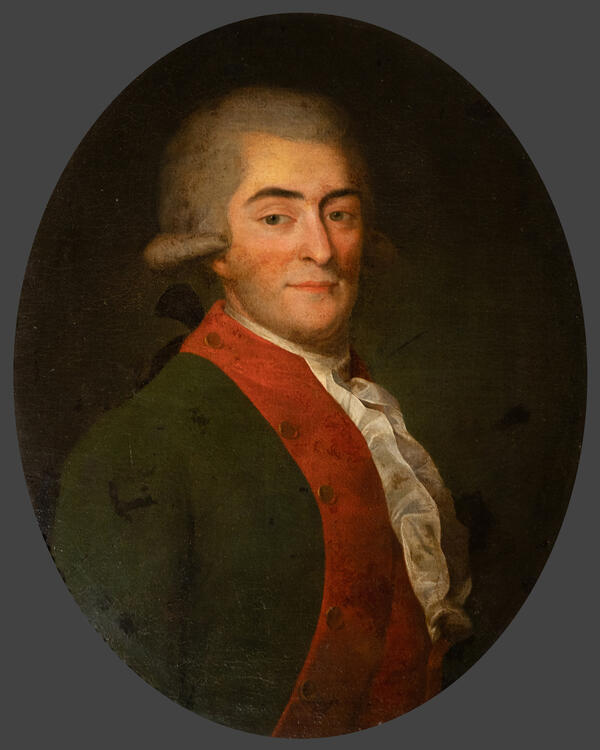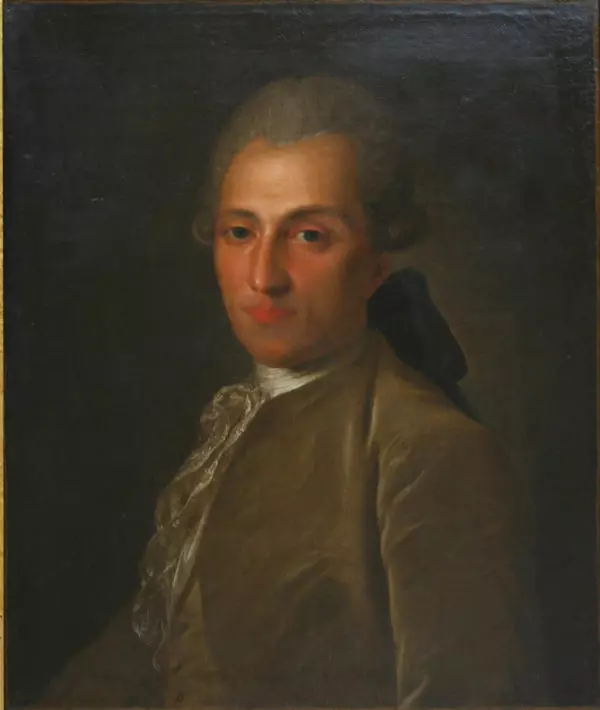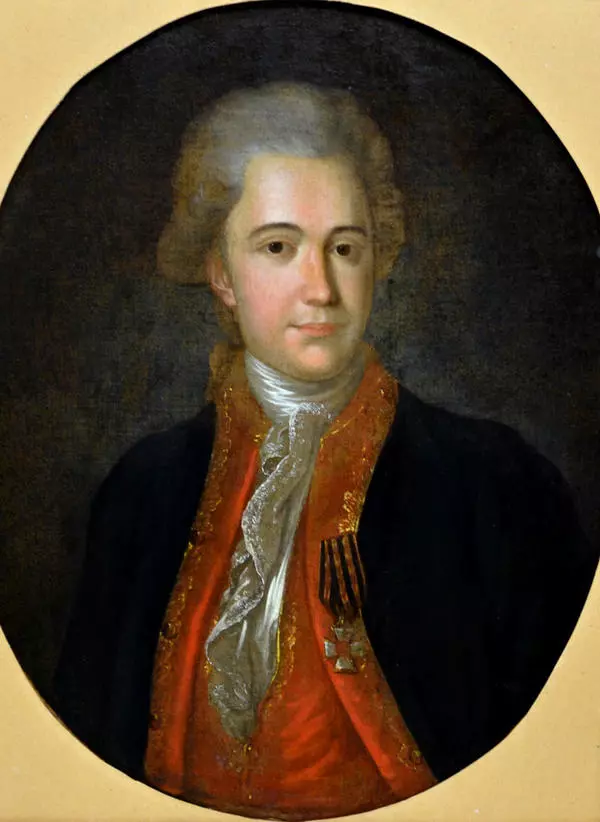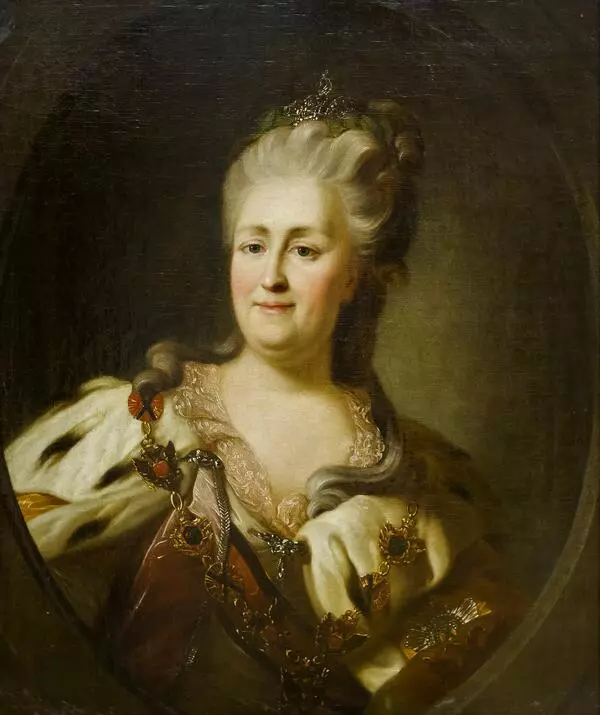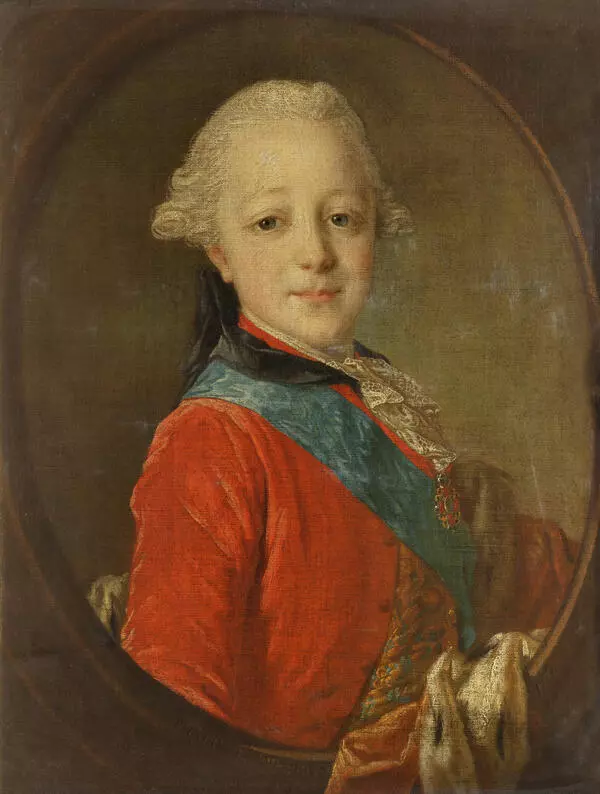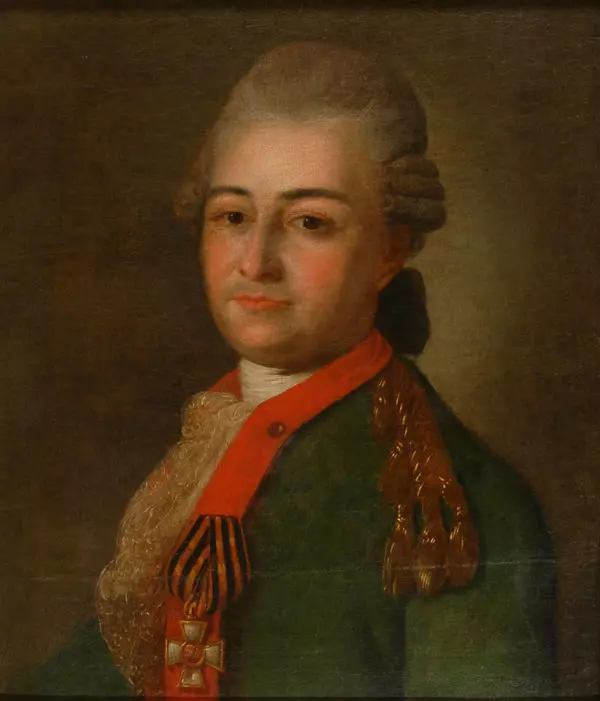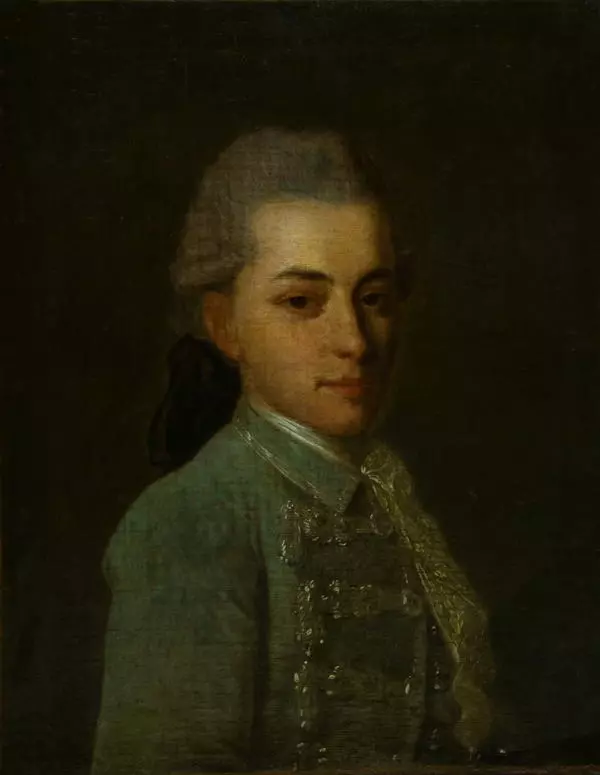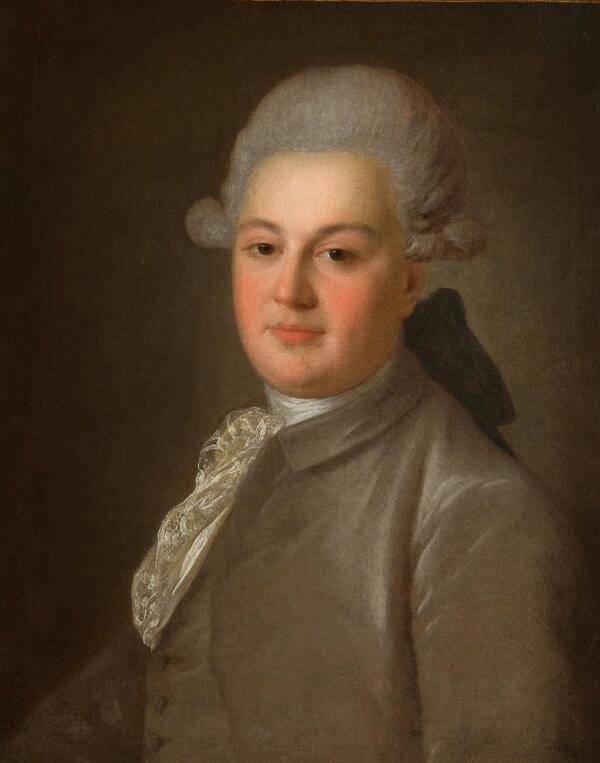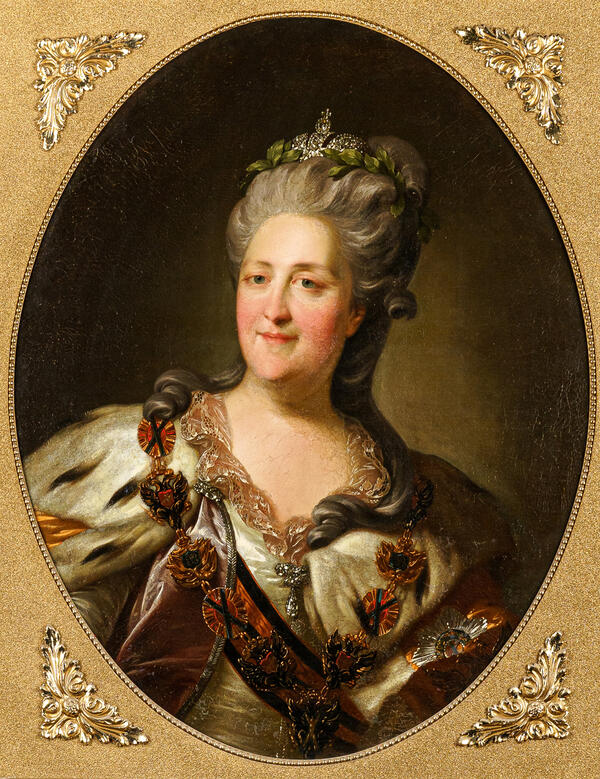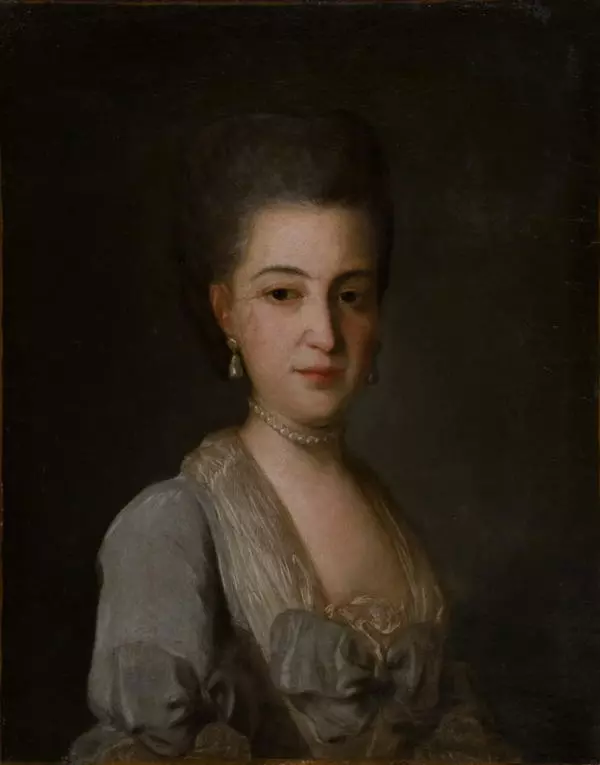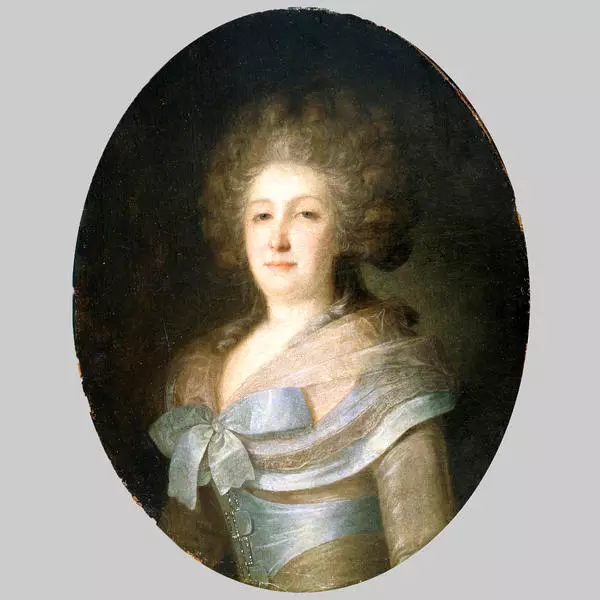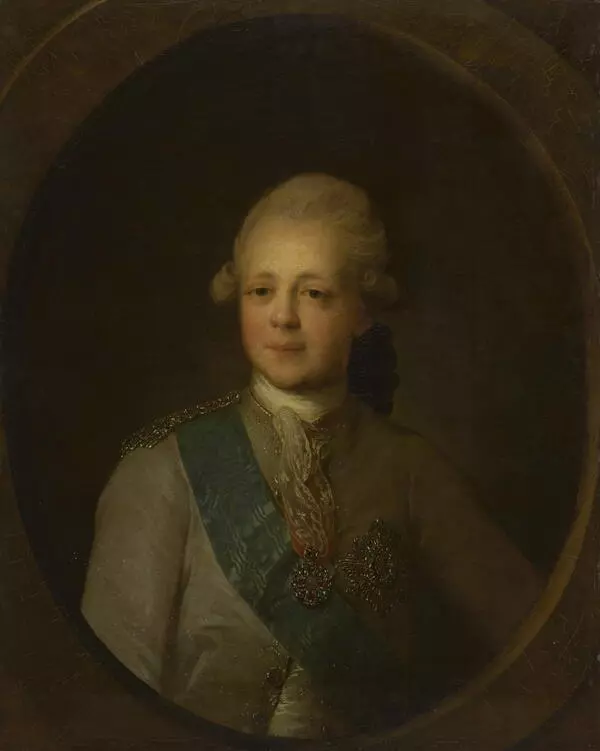Fyodor Stepanovich Rokotov was one of the famous Russian portraitists of the second half of the 18th century. He had an absolutely unique and recognisable style. Fyodor Rokotov expressed himself as an expert of different genres of portraits, from Catherine the Great’s coronation portrait to a whole gallery of private and intimate portraits of Moscow nobility representatives.
Fyodor Rokotov’s origin is not certain, just like many other facts of his biography. He was born in a family of bondservants that belonged to prince Petr Ivanovich Repnin, but was registered as ‘born free’. It is not known for sure how exactly Ivan Shuvalov, the president of the Imperial Academy of Arts, noticed him, but it was under his guidance that he started his artistic biography. Perhaps prince Shuvalov used to visit Repnin’s house where he saw a talented painter. In 1750s the Academy of Arts studio was situated in Shuvalov’s house along with the court portraitist Pietro Rotari’s, who was Rokotov’s teacher, workshop. In 1760 Rokotov entered the Academy of Arts. Three years later Catherine II commissioned her coronation portrait to him and then required to use this very work as a standard one.
In 1765 Rokotov moved to Moscow where the period of his ‘intimate portraits’ of Moscow grand families’ representatives started.
The portrait of princess Agrafena Aleksandrovna Kurakina (1734-1791) was created in that period. She was Empress Elizabeth of Russia’s maid of honour coming from the famous noble family.
The portrait was painted with the use of diluted and calm colours. The princess’s image emits the special inner light, reverence, and warm-heartedness. Rokotov’s portraits have nothing theatrical, he was trying to reveal the inner beauty which, along with the craftiness in depicting the dress details and richness of palette, creates an unforgettable impression.
The researchers of Rokotov’s heritage affirm that the painter reached the acme of his skill in the female portraits. The mysterious half-smiles, surprised or slightly squinted eyes, gentle sfumato mixed with the image’s background became distinctive features of the artist’s individual manner.
The last famous portraitist’s works date back to the beginning of the 1790s. The inimitable stumato disappears from many works and, regardless the consummate craftsmanship, the featured models look more formal and distant.
Fyodor Rokotov’s origin is not certain, just like many other facts of his biography. He was born in a family of bondservants that belonged to prince Petr Ivanovich Repnin, but was registered as ‘born free’. It is not known for sure how exactly Ivan Shuvalov, the president of the Imperial Academy of Arts, noticed him, but it was under his guidance that he started his artistic biography. Perhaps prince Shuvalov used to visit Repnin’s house where he saw a talented painter. In 1750s the Academy of Arts studio was situated in Shuvalov’s house along with the court portraitist Pietro Rotari’s, who was Rokotov’s teacher, workshop. In 1760 Rokotov entered the Academy of Arts. Three years later Catherine II commissioned her coronation portrait to him and then required to use this very work as a standard one.
In 1765 Rokotov moved to Moscow where the period of his ‘intimate portraits’ of Moscow grand families’ representatives started.
The portrait of princess Agrafena Aleksandrovna Kurakina (1734-1791) was created in that period. She was Empress Elizabeth of Russia’s maid of honour coming from the famous noble family.
The portrait was painted with the use of diluted and calm colours. The princess’s image emits the special inner light, reverence, and warm-heartedness. Rokotov’s portraits have nothing theatrical, he was trying to reveal the inner beauty which, along with the craftiness in depicting the dress details and richness of palette, creates an unforgettable impression.
The researchers of Rokotov’s heritage affirm that the painter reached the acme of his skill in the female portraits. The mysterious half-smiles, surprised or slightly squinted eyes, gentle sfumato mixed with the image’s background became distinctive features of the artist’s individual manner.
The last famous portraitist’s works date back to the beginning of the 1790s. The inimitable stumato disappears from many works and, regardless the consummate craftsmanship, the featured models look more formal and distant.

